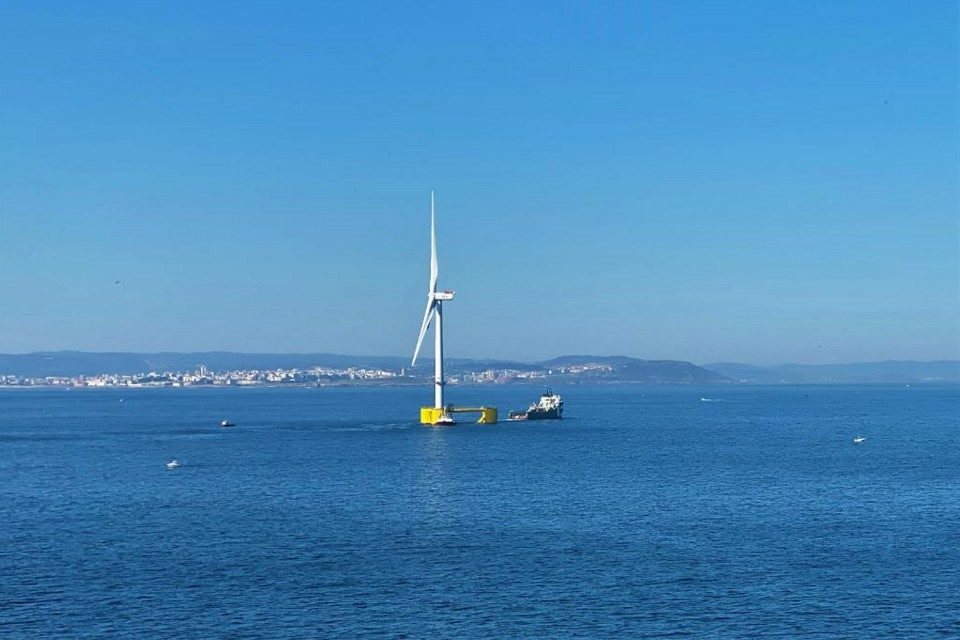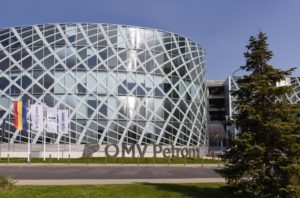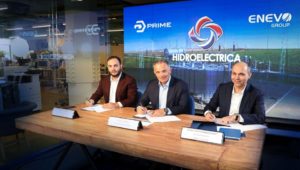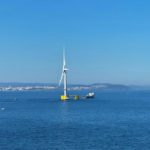Energy Policy Group: Offshore wind – the enabler of Romania’s decarbonization

Analysis by Energy Policy Group
Offshore wind power plays a key role in Europe’s pathways to reducing dependency on fossil fuel imports and decarbonisation by 2050, in a moment when EU’s energy security interests and climate objectives are fully aligned. The same goes for Romania, with a modelling exercise indicating that 15GW of offshore wind capacities need to be developed in Romania’s Black Sea exclusive economic area (EEA) by 2050, in order to achieve climate neutrality. This would become the country’s largest source of electricity production, with more than 40% of total, in some scenarios.
Offshore wind farms take between five to 10 years to be developed, with an EU-average of seven years. This means that there is a good chance for Romania to connect its first wind offshore capacity to the grid before 2030. This could change Romania’s current status of net electricity importer, as well as provide significant additional clean energy needed to decarbonise sectors such as industry, transport, and heating and cooling.
This report builds on the results of the first EPG study that estimated the technical potential of offshore wind in the Black Sea, proposing innovative solutions for overcoming grid-related challenges. Backed by EU instruments, joint regional planning and joint development between Romania and Bulgaria, offshore wind in the Black Sea can kickstart and achieve the needed economies of scale to make offshore wind a major enabler of decarbonisation in Romania and Southeast Europe.
To address the grid challenges that both Romania and Bulgaria face in deploying their offshore wind potential, a Romanian-Bulgarian (RO-BG) energy island would be an efficient and scalable solution to unlock large-scale offshore wind deployment, as well as bring valuable interconnection capacity with other Black Sea countries (such as Turkey, Georgia, as well as Azerbaijan, further east), drastically improving energy security and contributing to the regional price stability. This would also bolster the offshore wind potential of the entire Black Sea Basin. Indeed, the recently announced underwater HVDC cable to be built by Romania, Azerbaijan, Georgia, and Hungary will be a steppingstone in the process.
In a realistic scenario for 2030, the Levelized Cost of Energy (LCOE) for fixed offshore wind power in the Romanian region of the Black Sea will be €71/MWh, while for the later development of floating offshore wind the LCOE would be €94/MWh. In the case of a joint project between Romania and Bulgaria, including in the LCOE the costs of an HVDC connection to the Constanța Sud station, as indicated in the reference scenario for fixed offshore wind, would bring the total cost to €79/MWh for a 3GW installed capacity. Adding an artificial RO-BG Energy Island would bring the LCOE to €85/MWh, assuming the capital investment for the energy island is split equally between the two countries. The total CAPEX costs allocated to Romania in a RO-BG Energy Island project, including the 3GW offshore wind farms, would be €8.4 billion (€810 million representing Romania’s share of the RO-BG Energy Island), while the resulting annual energy production is estimated at 9.8TWh.
Apart from the importance for energy supply and resilience, offshore wind deployment brings socio-economic benefits by creating jobs in the manufacturing, construction, and operation and maintenance (O&M) of projects, with a multiplying effect on other sectors – including a significant concentration in the Port of Constanța. Per GW of installed power, offshore wind in Europe generates €2.1 billion. Consequently, 3GW of installed offshore wind power in Romania would generate €6.3 billion, 2.6% of GDP (2021). This could also contribute to a total of 22,000 new FTE employees (20,000 in the capital phase and 1,800 for O&M), with 15,500 in direct new jobs at local level, assuming that Romania would attract investors in manufacturing of wind-turbine components and in construction, installation and balance of plant, respectively.
Setting up the proper legislative and fiscal frameworks for offshore wind developments is of critical importance, especially at present, at the beginning of massive deployments of offshore wind capacity worldwide. An EU-led conversation on the future of Black Sea offshore deployment would facilitate the process for the two member states (Romania and Bulgaria), as well as for non-EU partners. It would also promote the discussion and investment in energy islands, as well as potential long-distance interconnections. This report proposes a blend between a centralised, state-led model and an open-door, investors-led process for site-developing, aiming to capitalise on the mentioned advantages, while diminishing the downsides and associated risks for investors. As a prerequisite and as a rule for successful planning and development, a consistent and continuous dialogue between state authorities and private investors is paramount, already from the early stages.















